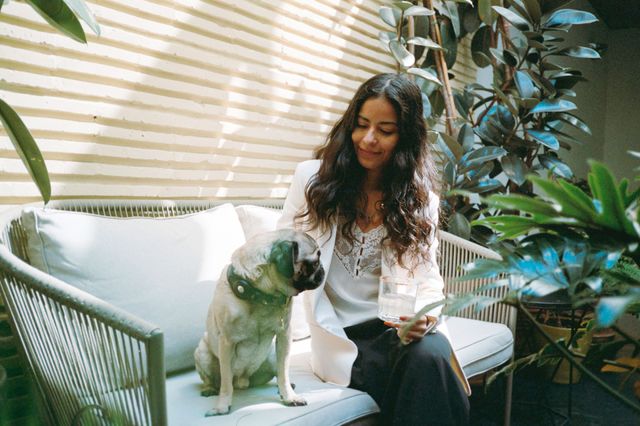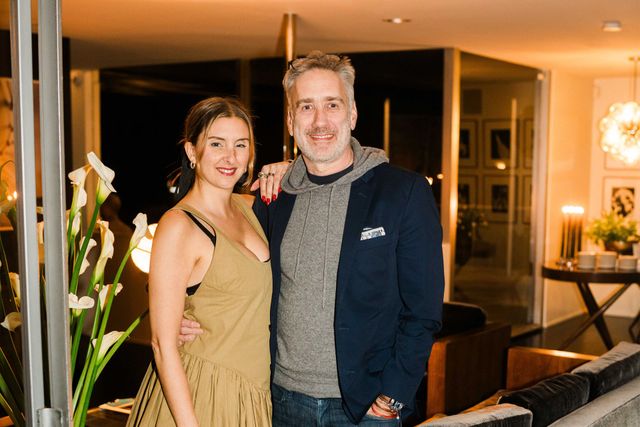Conversation with Margot Panseca of Parco Dei Sesi
- Category
- Q&A
- Written by
- Stacy Suaya
- Published
- March 3, 2021

Margot met Massimiliano on the volcanic Sicilian island of Pantelleria in the summer of 2017. She was on holiday from Paris where she worked as a model agent, and he worked in tech in Milan and was on holiday at his family home (what is now Parco Dei Sesi). They ended up spending a week together on the island, also known as the “Black pearl of the Mediterranean.”
Here, between Italy and Africa, Fiat Pandas and Citroen Meharis flit around the rocky, jet-hued landscape, dotted with organic farms, caper bushes and Moorish-influenced dammusi (the island’s traditional living structures, made of local stone). It wasn’t long before Margot and Massimiliano fell in love, quit their jobs, and moved there permanently.
The couple has spent the last two and a half years restoring the seven structures that compose Parco Dei Sesi, six that were built by Massimiliano’s father, the artist Filippo Panseca, in the Seventies (The Grand Dammuso was already there, though covered in rocks when he bought it). Panseca was known as the pioneer of biodegradable art and just recently created a 15-meter moon for the 58th Venice Biennale, using UV rays to equal the effect of 450 tall trees on air pollution. His wife is Maria Teresa Illuminato, who is considered the founder of ecological art.
Of course we wanted to know more, and Margot was kind enough to speak with us about the project, adapting to a slower pace, and the lifestyle of Pantelleria.
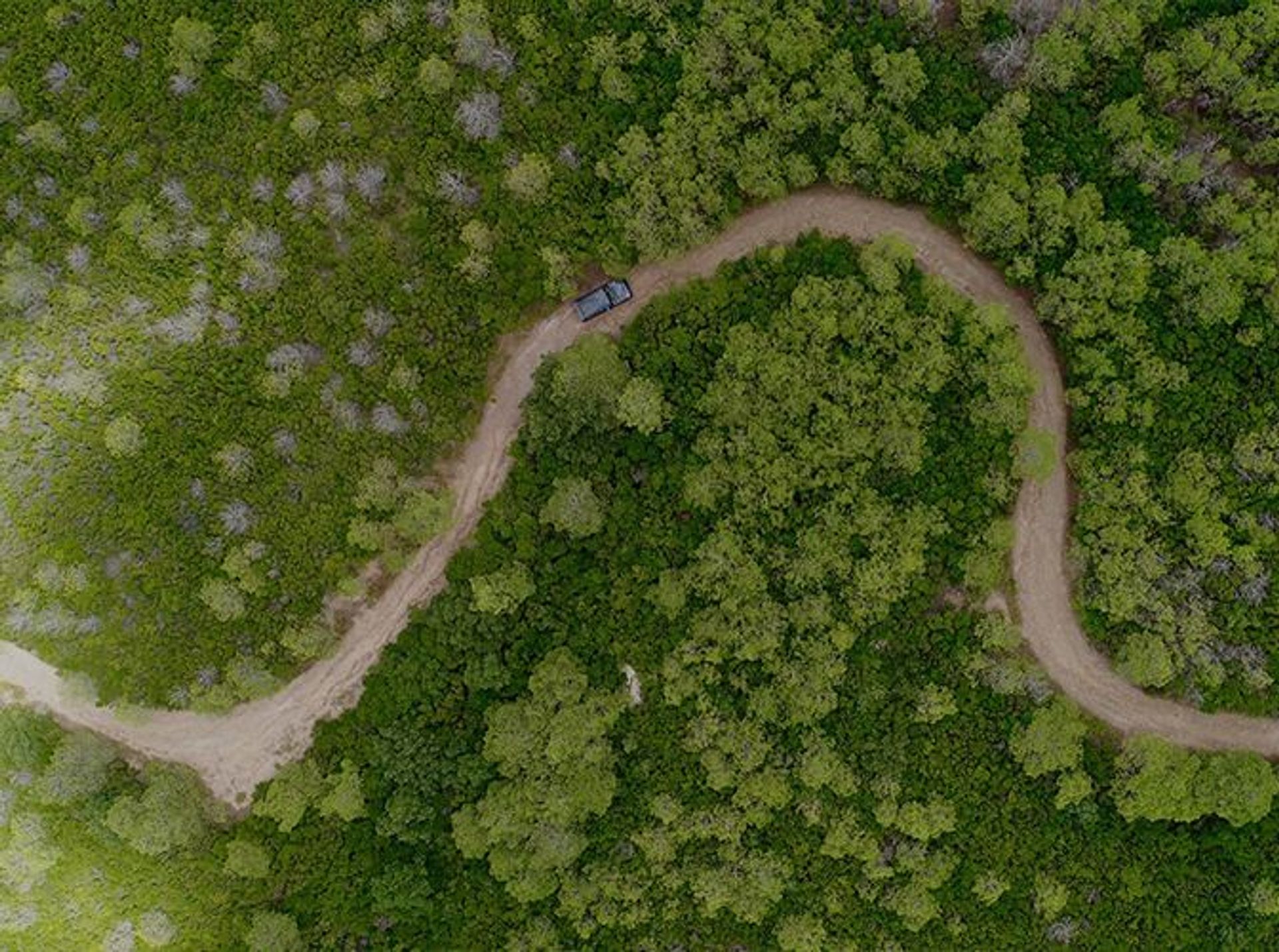
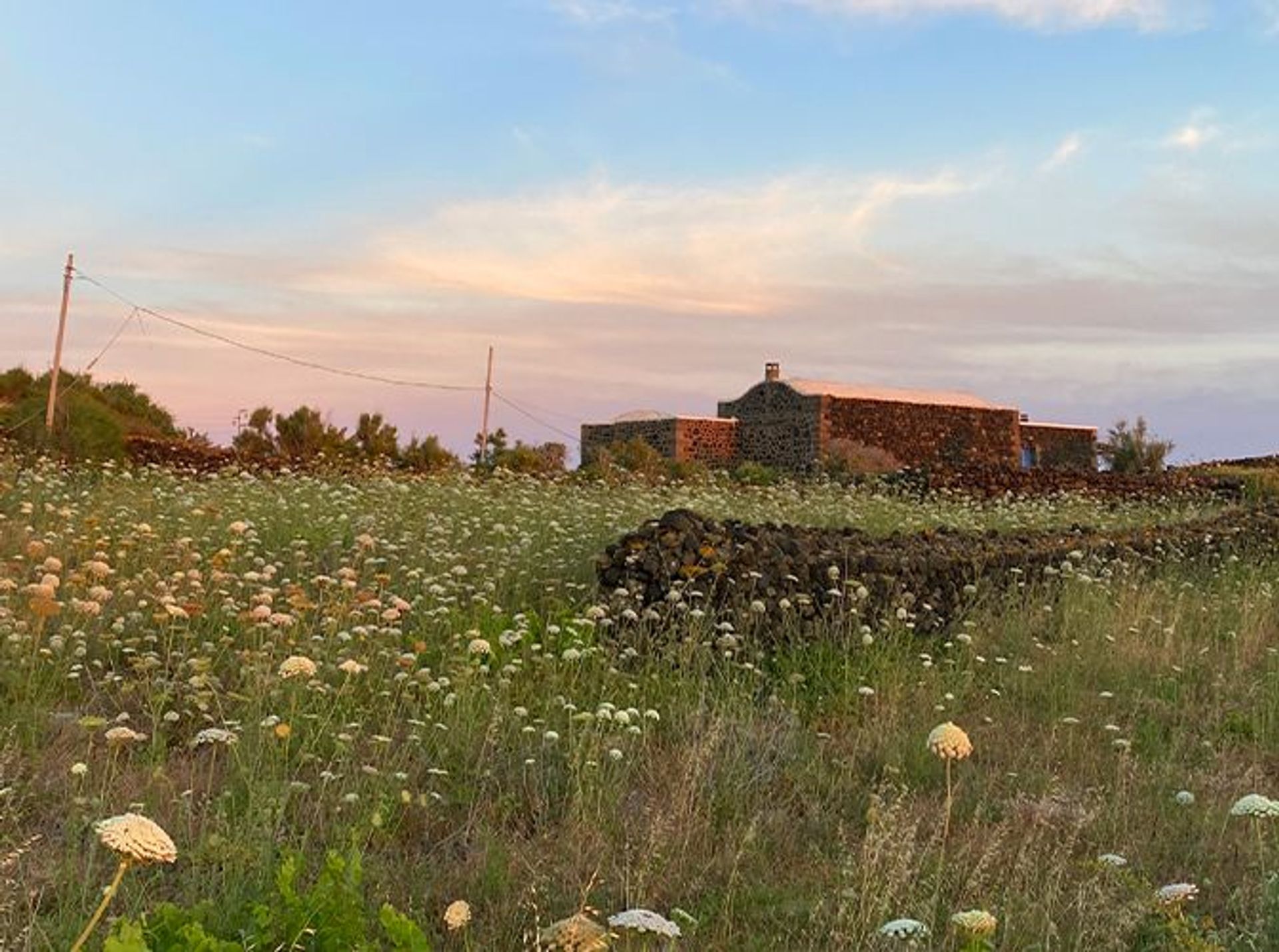
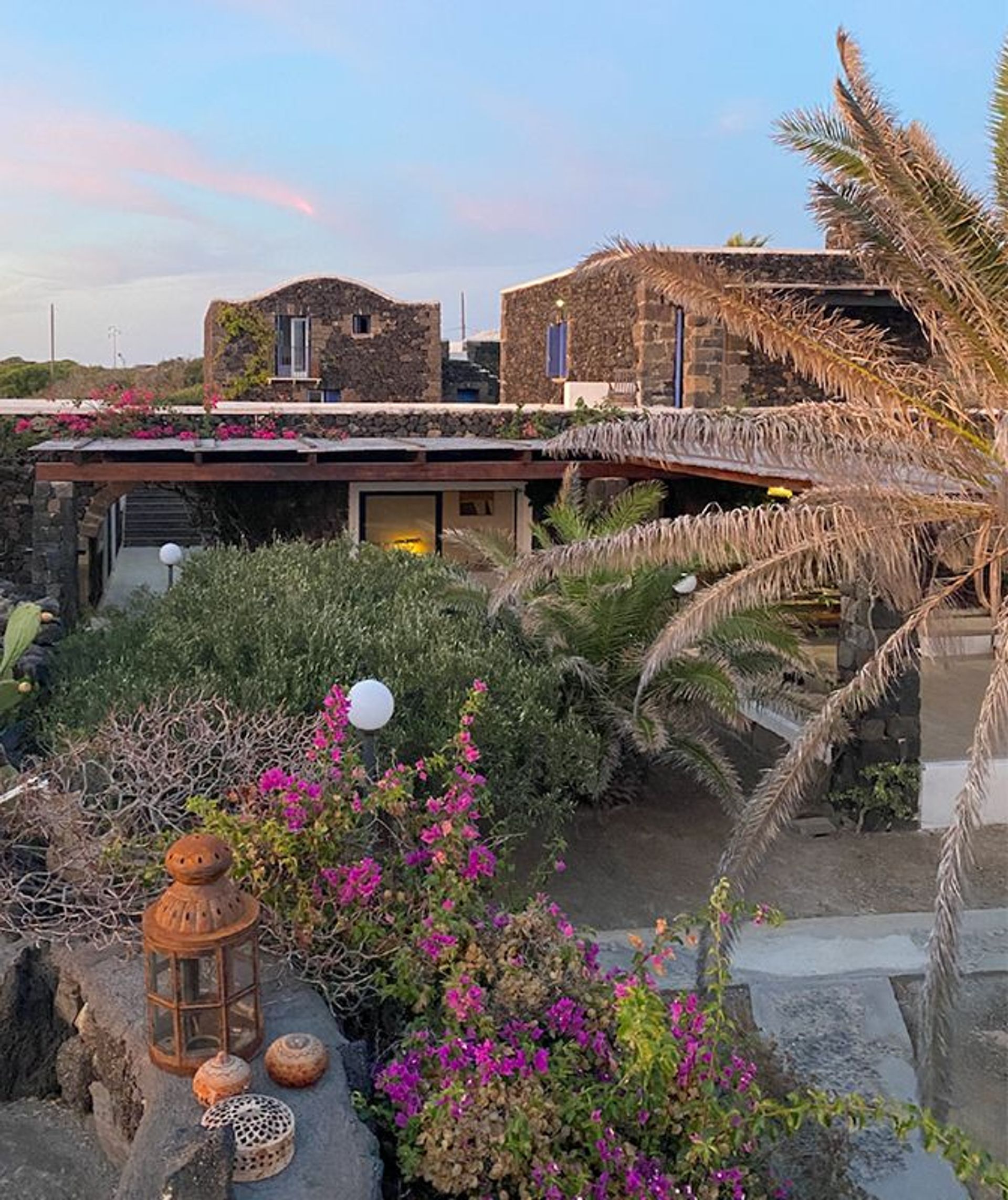
WHAT DREW YOU TO PANTELLERIA?
Margot Panseca: “Before I first came here, I was unhappy after working for 13 years, night and day, in Paris. I worked with the big fashion houses, which was not as glamorous as people thought. I was always on my phone, waking up at 3am. I wanted something more simple. I wanted to stop consuming. The ethic of who I was becoming did not match with the place I was.
“People are very happy in Pantelleria – it is as though time stopped here 50 years ago. There are no modern houses, traditions are rooted here and nature is everywhere. There are lots of old families; in fact there are only like, ten surnames. You always hear, ‘He must be my cousin.’ Everything is done by hand, from picking capers to tending to the vineyards and vegetable gardens. Everything is seasonal – celery and leeks in the winter, tomatoes and oranges in the summer. I wanted to discover every side of the island.”
DO FILIPPO AND MARIA TERESA STILL LIVE HERE?
MP: “Yes, when Filippo turned 80, they moved here permanently, in a WWII bunker across the street which is an incredible piece of architecture. He used to produce the Mediterranean Film Festival in the Nineties, in this same bunker that is now becoming its home and creative studio. He is constantly creating, cooking and happy to offer a visit to anyone who is curious about his work. He’s obviously a character. He also started making his own passito wine, producing 3,000 bottles every ten years. After ten years passes, he mixes all the bottles together. He plans to do tastings for our guests at his museum.
“And Massimiliano’s mother recycles everything, making art pieces from local machinery she finds literally everywhere. She is a teacher at Academia belle Arte di Brera in Milan, and her pieces are in the dammuso – she took a piece of a windmill and made it of paper, with the shape and darkness that recalls the rocks and colors of Pantelleria. We have lots of pieces from her.”
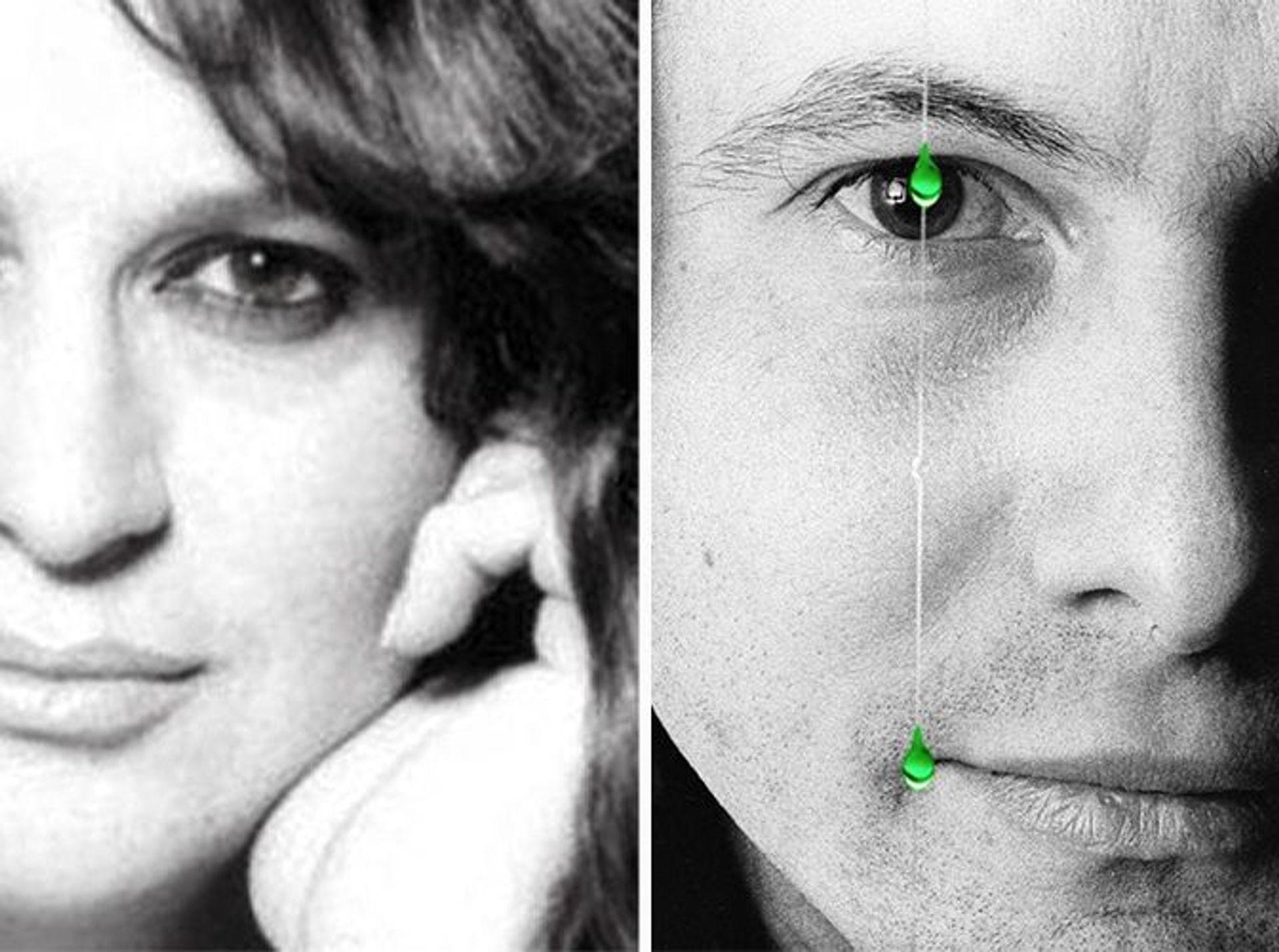
Maria Teresa Illuminato and Filippo Panseca
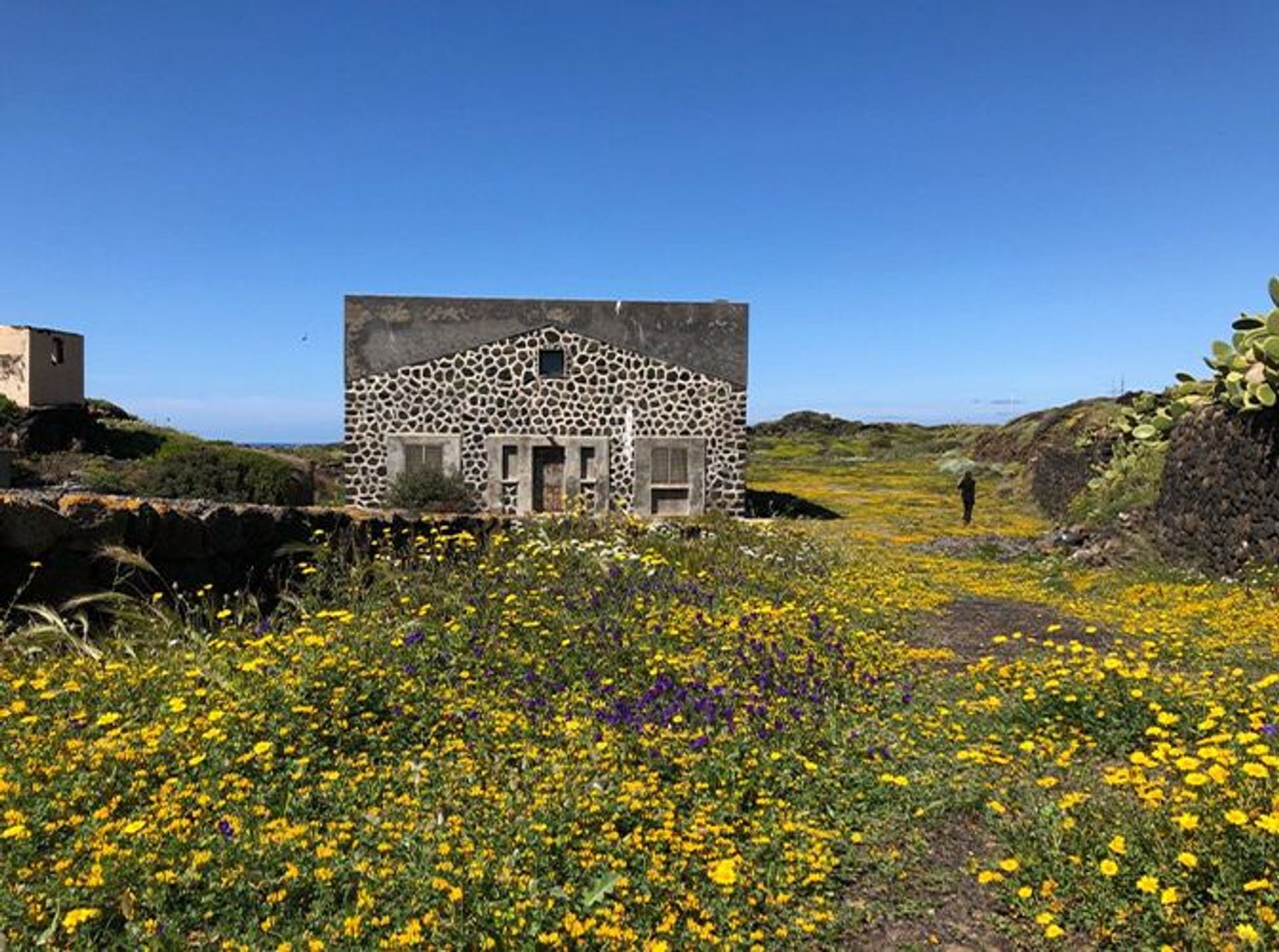
Exterior of Filippo’s museum, Caserma Arte Pantelleria

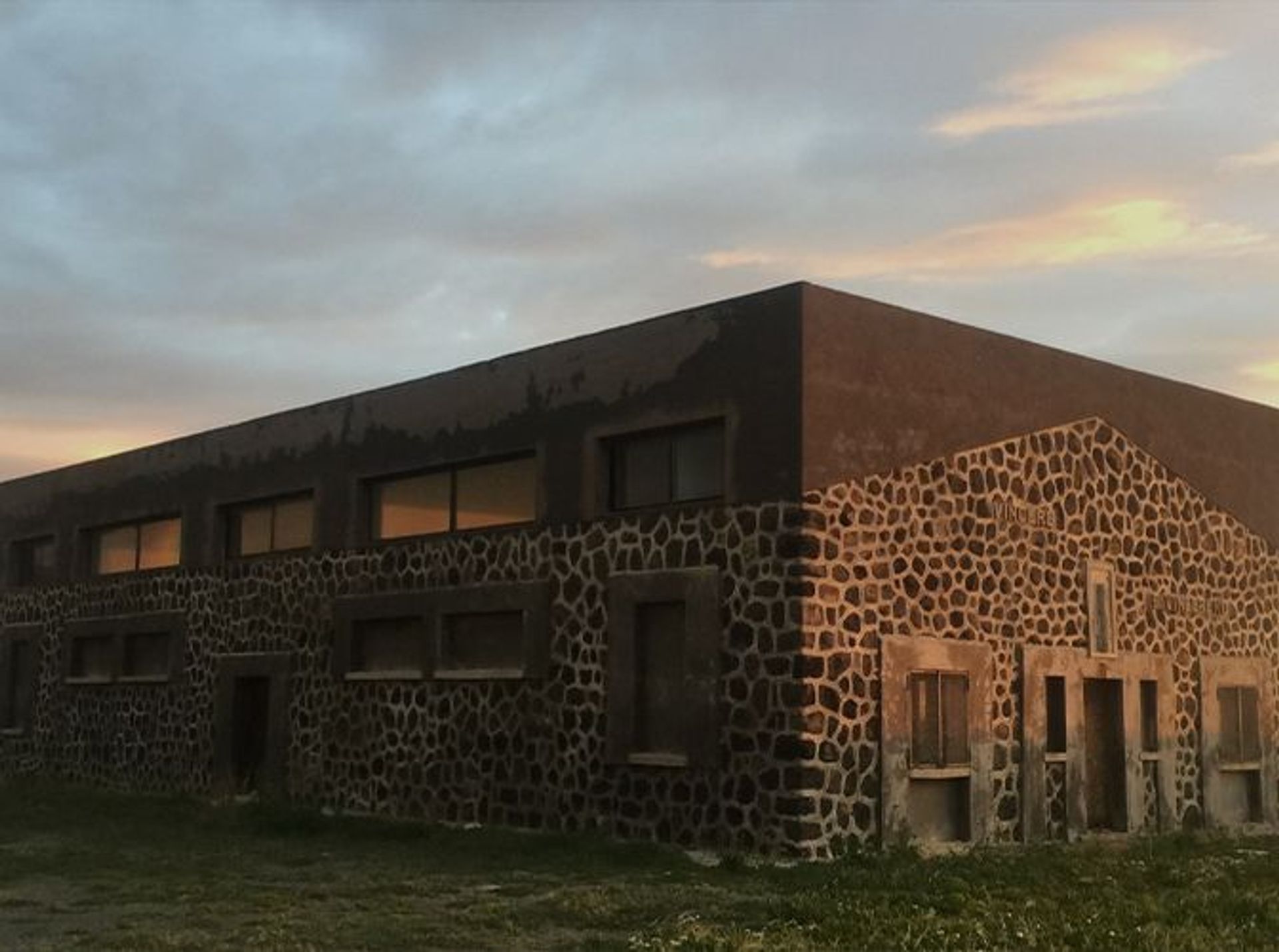
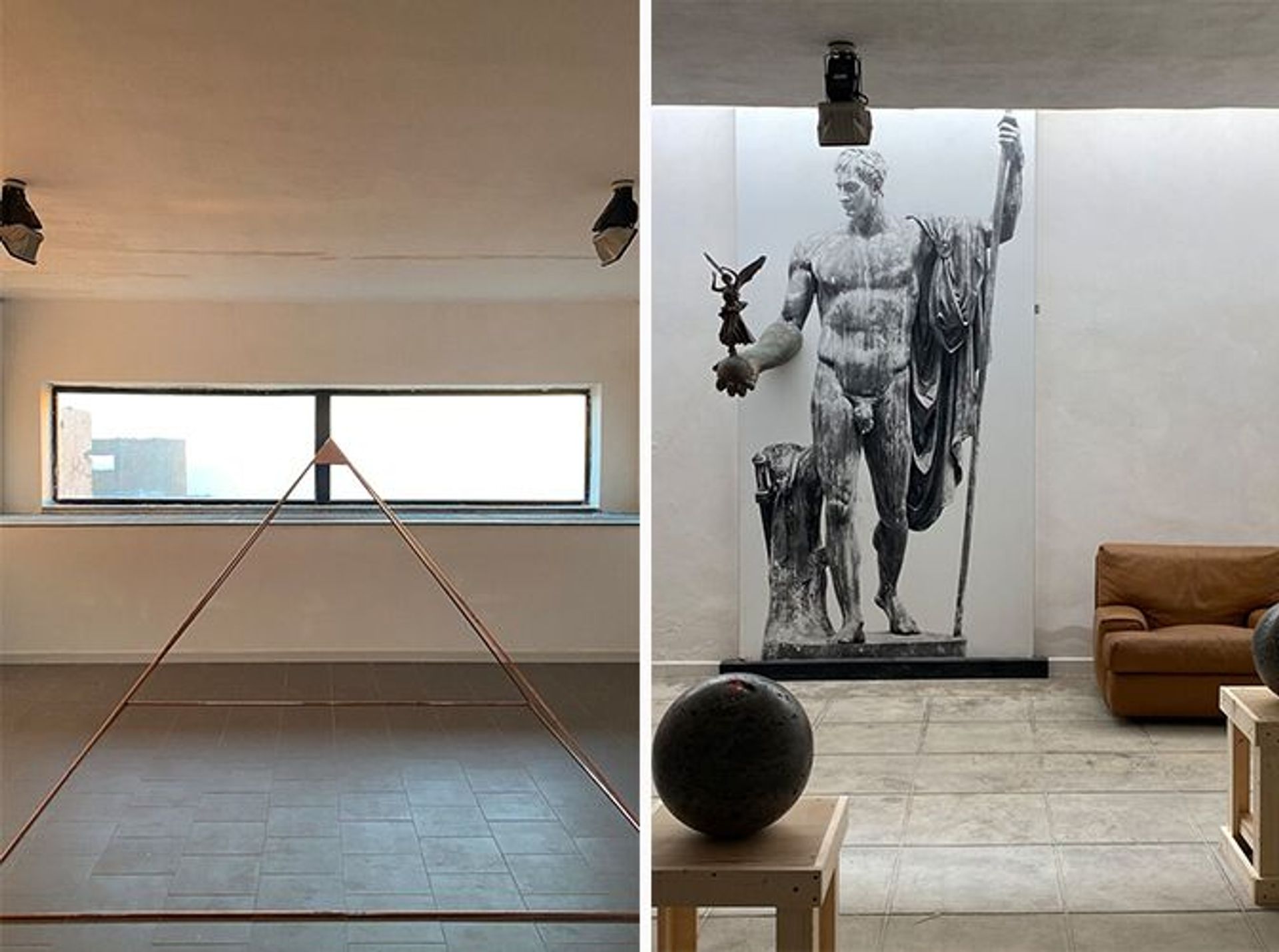
Interior of Filippo’s museum, Caserma Arte Pantelleria
IN RENOVATING PARCO DEI SESI, WHAT WAS YOUR PROCESS?
MP: “Parco Dei Sesi was originally built as a big family home for Massimiliano’s father and his friends, but he ended up not using it very much. We were happy to give a rebirth to his creation.
“The structures had one meter thick lava stone walls which we kept, but the insides were from the Seventies and we wanted something more pure. We have discovered that the island is a very rich source of natural products that can be used in construction (like volcanic rock and volcanic sand) that we used in much of our renovation work.
All the pavements and walls of all the bathrooms are treated in a kind of micro cement material by local workers. This material was initially used for the outside terraces and sitting areas as it is very resistent to strong weather and humidity. We have invited it inside.
The tiles where custom made in Tunisia which is geographically very near from Pantelleria. We designed the patterns and chose colors without ever going to the factory, because of the pandemic. We really like to empower craftsmanship in general and it was important to have handmade tiles. The feeling is quite spectacular in real life.
Through the project, Massimiliano has become a plumber and an electrician, and I’ve always been passionate about decor, so I had a part in the interiors. My mom had an antique shop in Paris and it was natural for both of us. Many of the pieces I collected in France, there is a bench from Afghanistan, and Danish closets. Many objects came from the Palermo auction house and crafts and ceramics from Tunisia, but I didn’t want to overflood the spaces.”
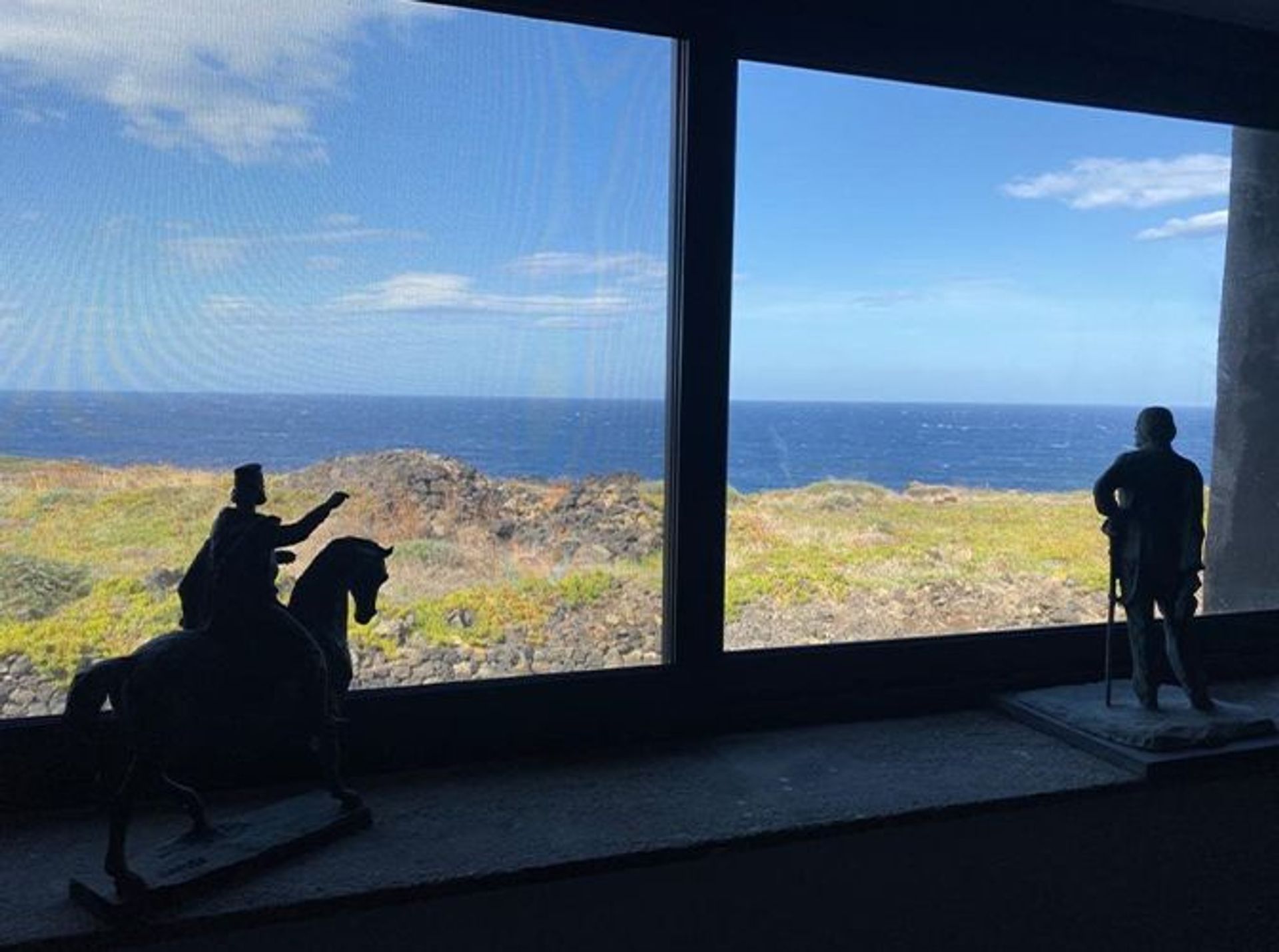


Art by Maria Teresa Illuminato
WHAT IS AN IDEAL DAY IN PANTELLERIA?
MP: “I recommend people go to the Lake of Venus for its warm, thermal water. It’s absolutely blue. Go for a swim, jump from the cliffs, take a mud bath, it’s like an open-air spa that’s free. You could go in the mountains and go hiking, go see the Roman ruins. And the aperitivo is the most important moment of the day – a spritz or Negroni. Pantelleria is both old-school and sophisticated, tradition and fancy. Women dress up for dinners.”
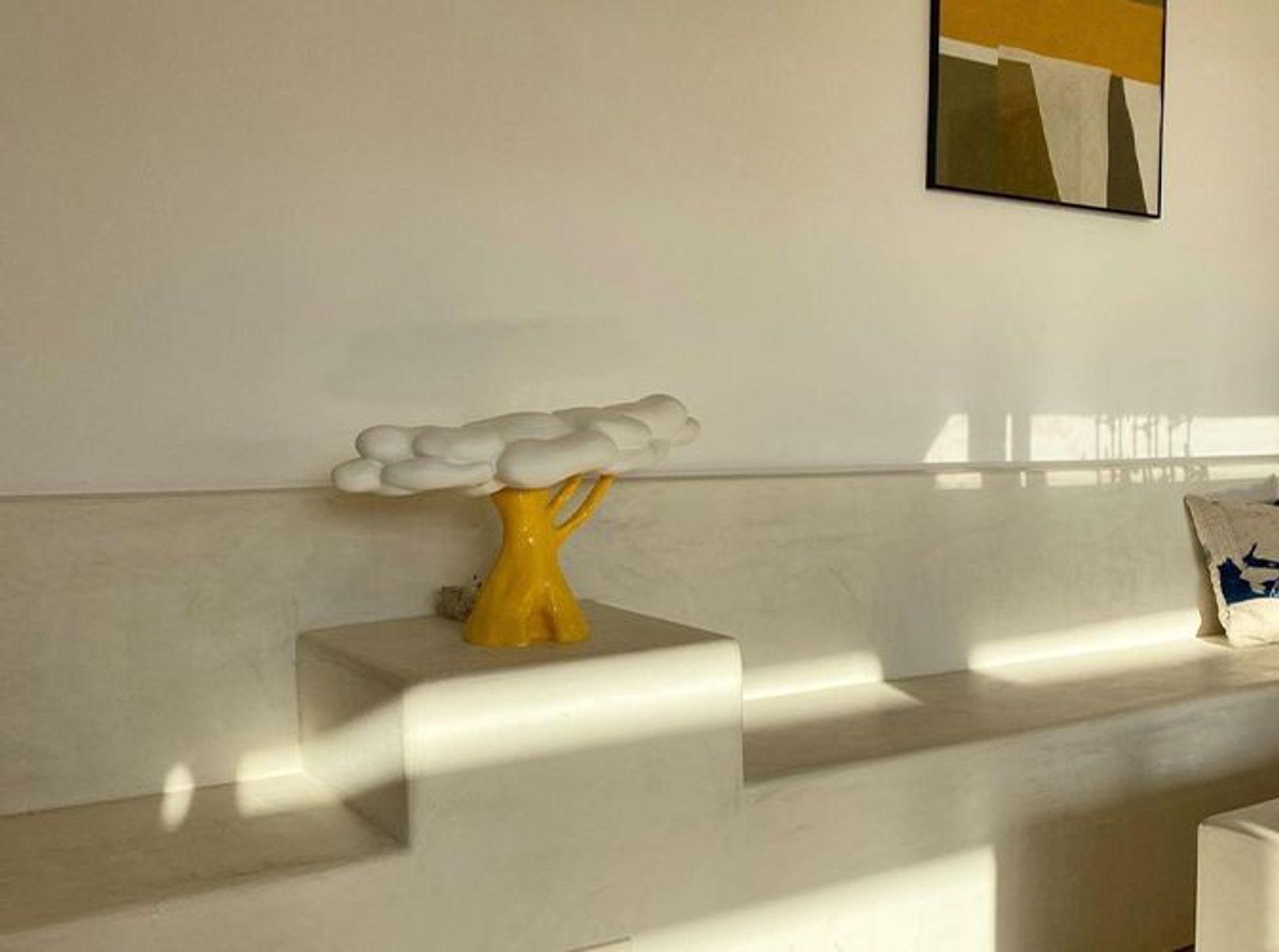
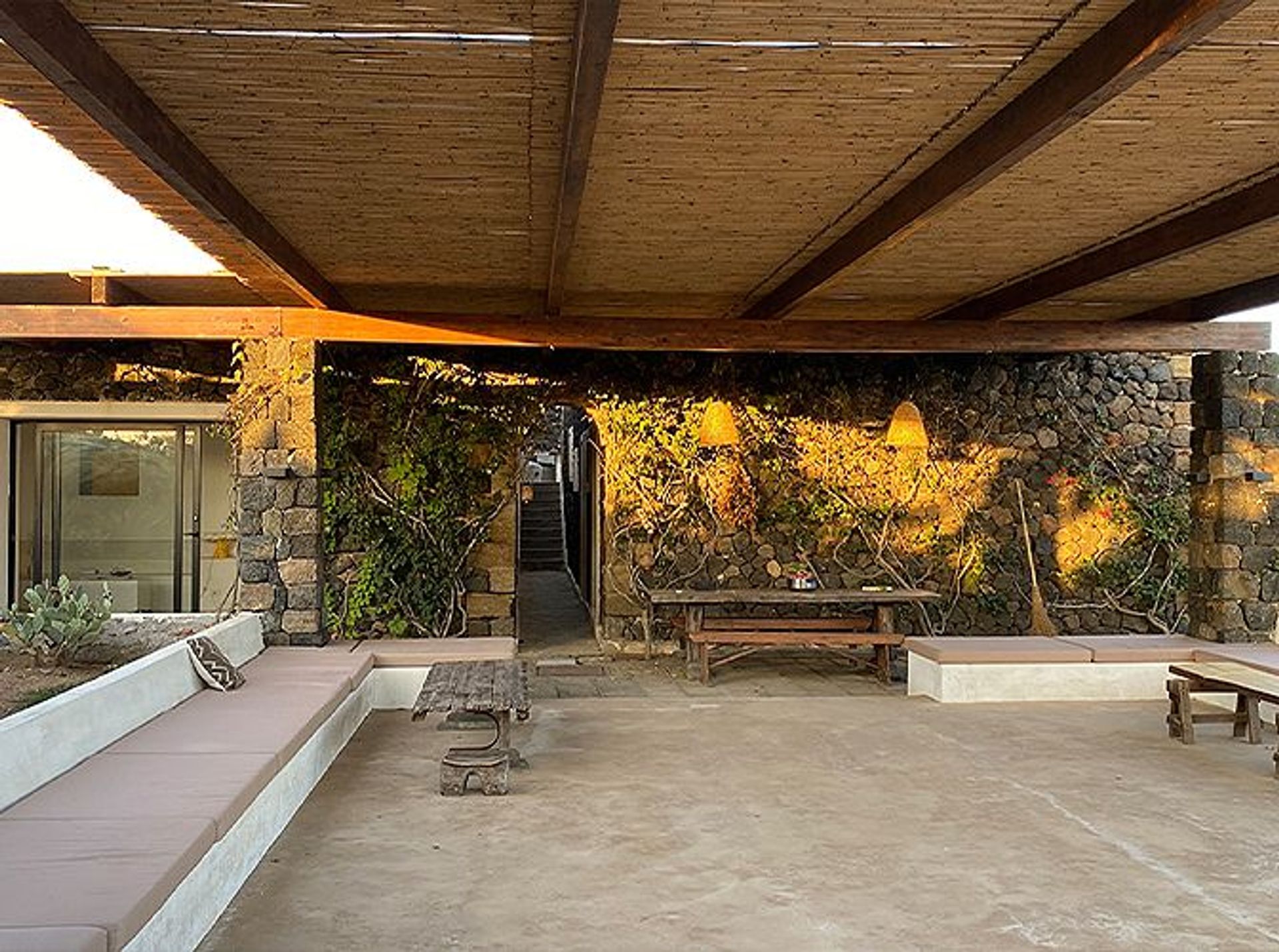

WHAT’S NEXT FOR YOU?
MP: “Gardening has become my passion. I had a 40 sqm apartment in Paris, so it’s so satisfying to grow my own things. This project is like a baby, we really want to experiment and know we have a lot to learn. We want to have animals, make our own cheese, and be solar energy independent. It’s step by step.”
“And in April, we will do our first artist’s residency. We’re inviting artists to stay here in exchange for leaving pieces. We just feel that we have this amazing place on earth and we want to inspire people and create a community.
Artists, singers, architects, they come to Pantelleria because they want to be far away from their daily life. They want to connect to nature and the locals. That’s the spirit of the island.”
To book a stay at Parco Dei Sesi, click here.

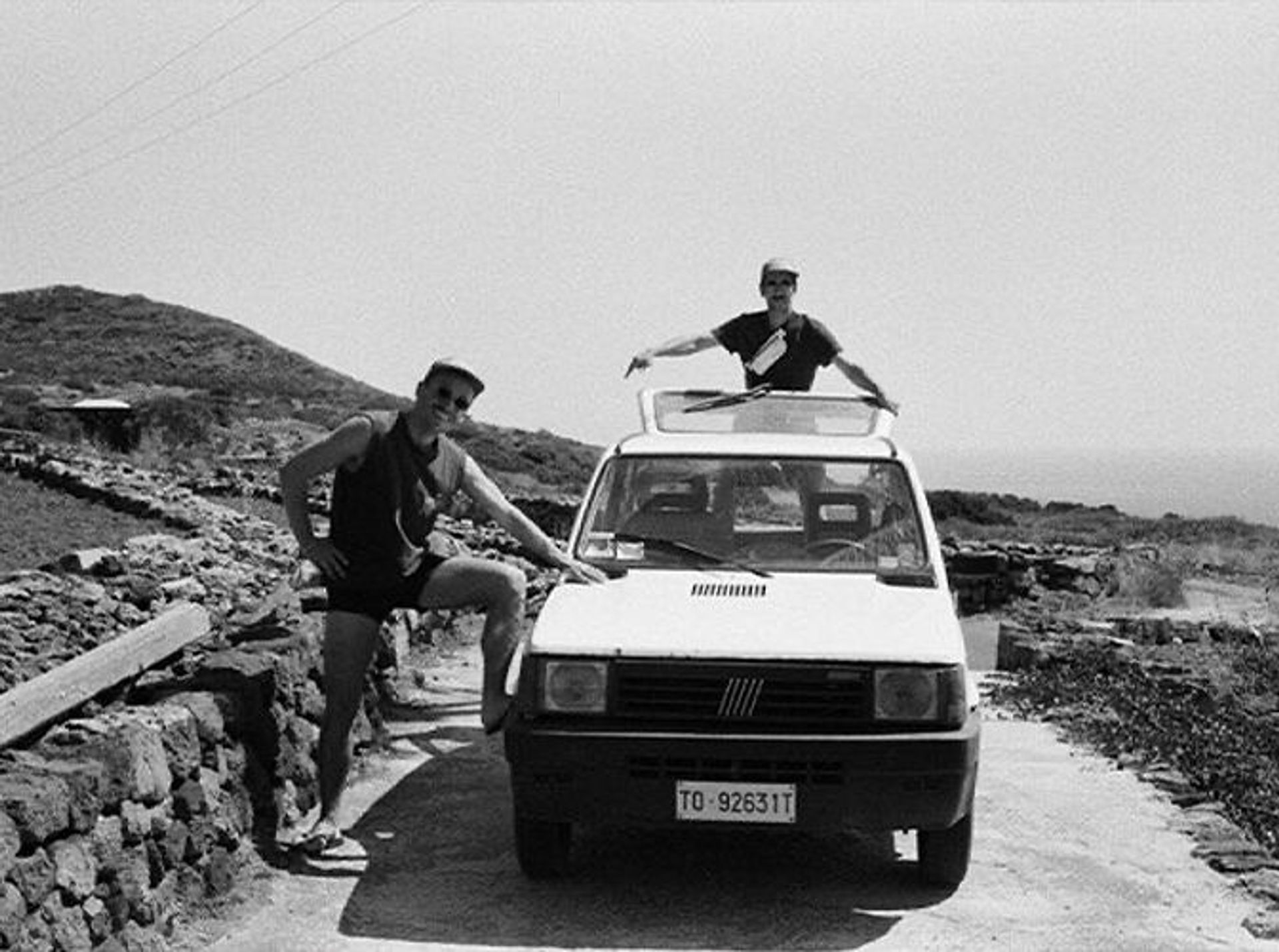
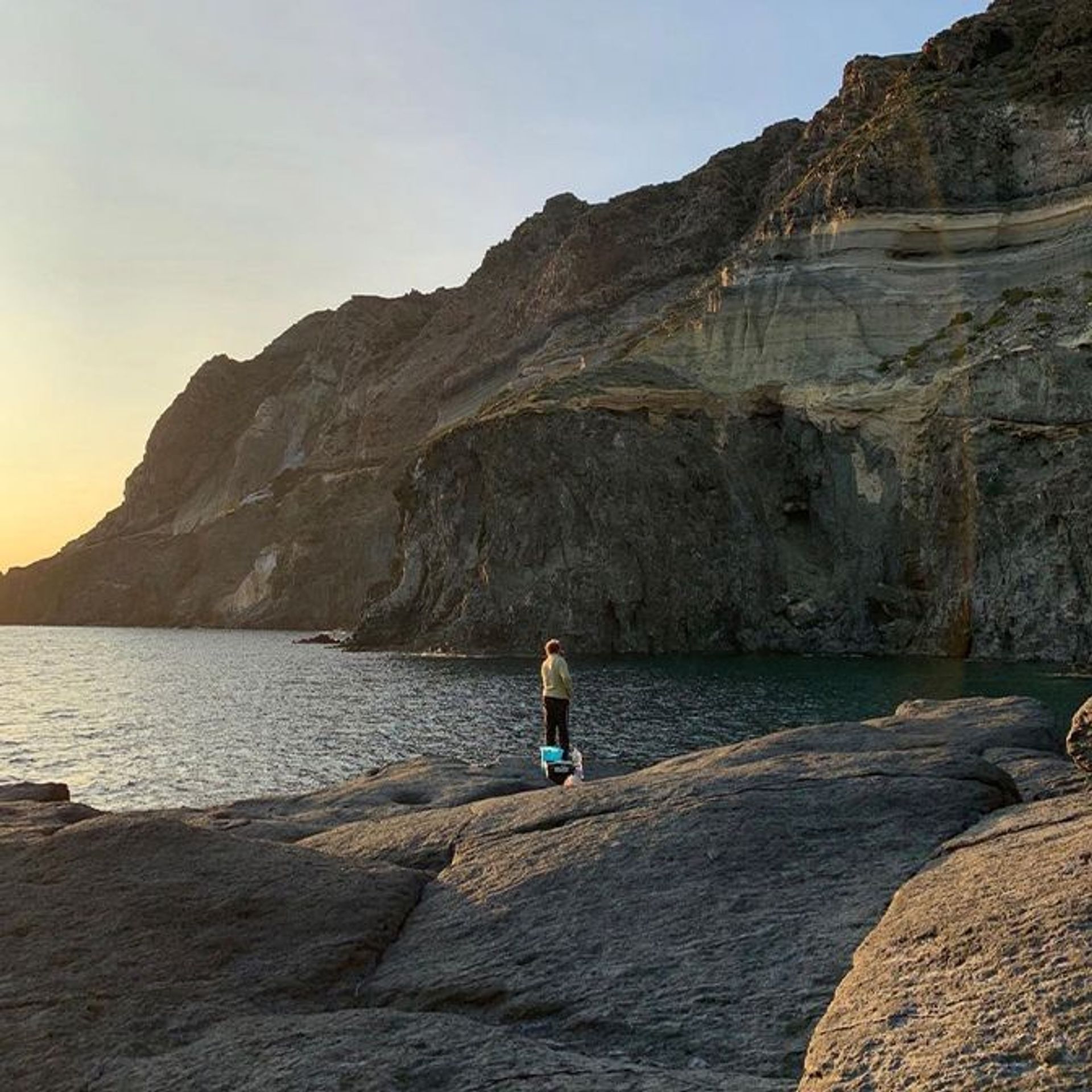
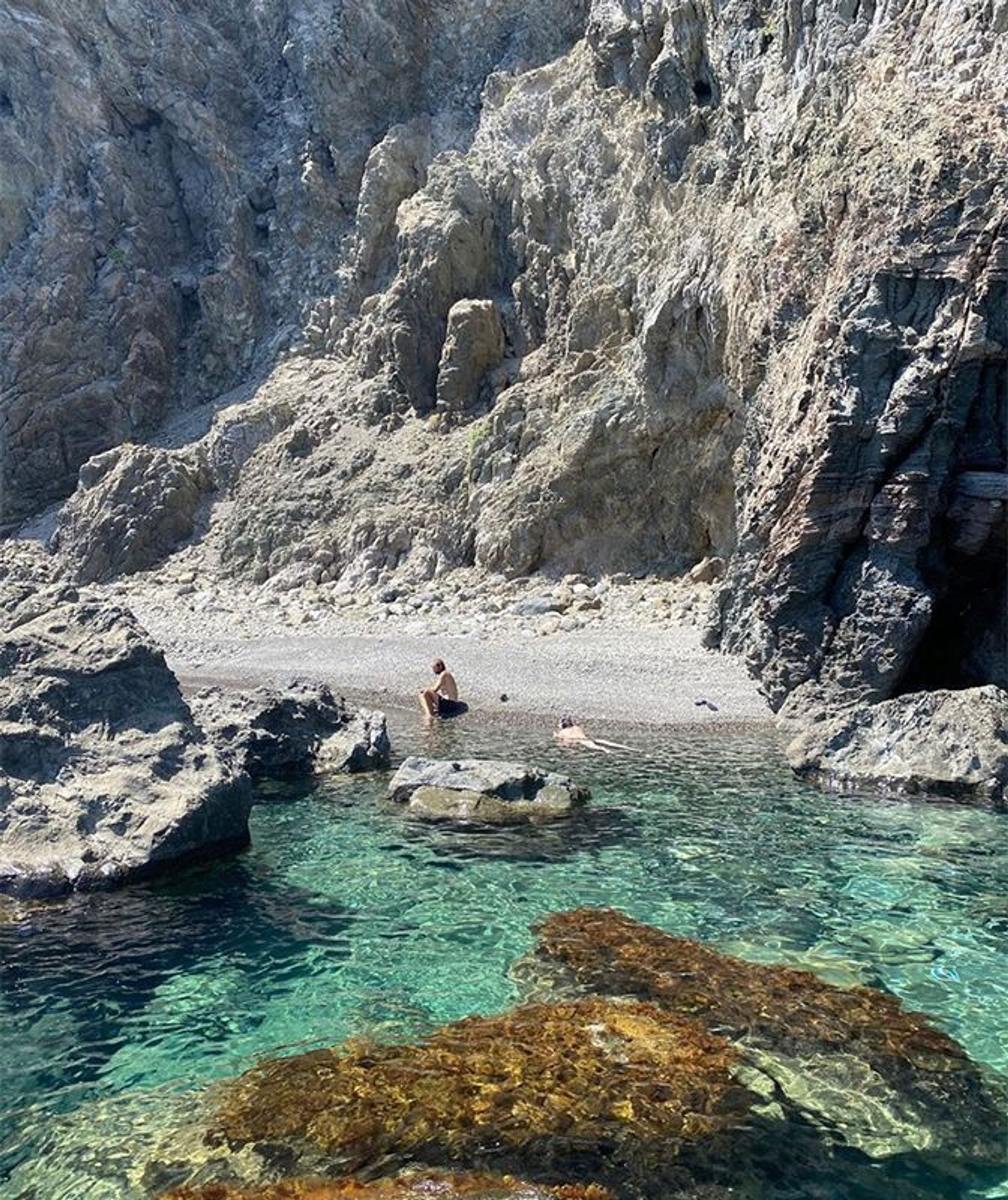
Photographs by: Morgan Levy Studio
